The Crown Jewels of the Louvre: Top 18 Iconic Paintings
- 1. The Raft of Medusa
- 2. The Mona Lisa
- 3. The Wedding in Cana
- 4. The Winged Victory of Samothrace
- 5. The Venus de Milo
- 6. The Coronation Of Napoleon
- 7. Liberty Leading the People
- 8. The Horse Tamers
- 9. The Monzon Lion
- 10. Portrait of a Woman
- 11. The Winged Bulls
- 12. The Dying Slave, by Michelangelo
- 13. The Seated Scribe
- 14. The Lacemaker
- 15. Gabrielle d'Estrees with one of her sisters
- 16. The Turkish Bath
- 17. The Ace of Diamonds Cheat
- 18. The Birds
The Louvre has 460 pieces in its collection. It's a challenging task to pick just 18. We chose the most popular pieces with the public. Each has a unique aesthetic and historical interest. Each masterpiece is an expression of the time it was created at. Those who see it hundreds of years later continue to be amazed.
1. The Raft of Medusa
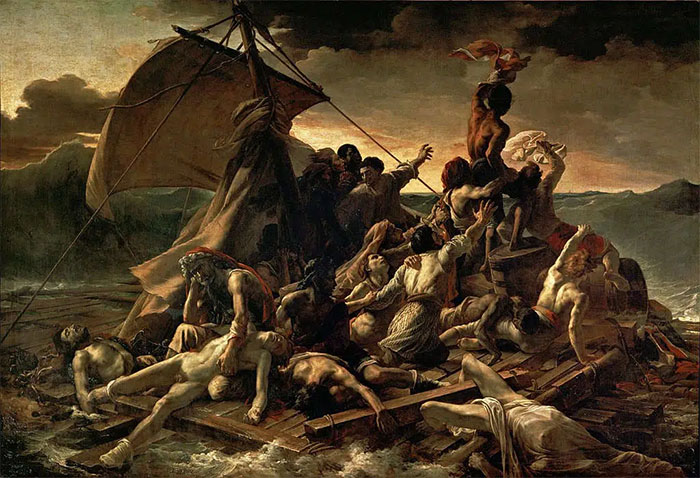
Raft of Medusa, painted by Theodore Gericault during the 19th century (1818-1819), is not recommended for people with sensitive dispositions because it's so realistic. The Raft of the Medusa depicts survivors and casualties of the Medusa Shipwreck who call for help as they notice a silhouette of another ship that could save them.
2. The Mona Lisa
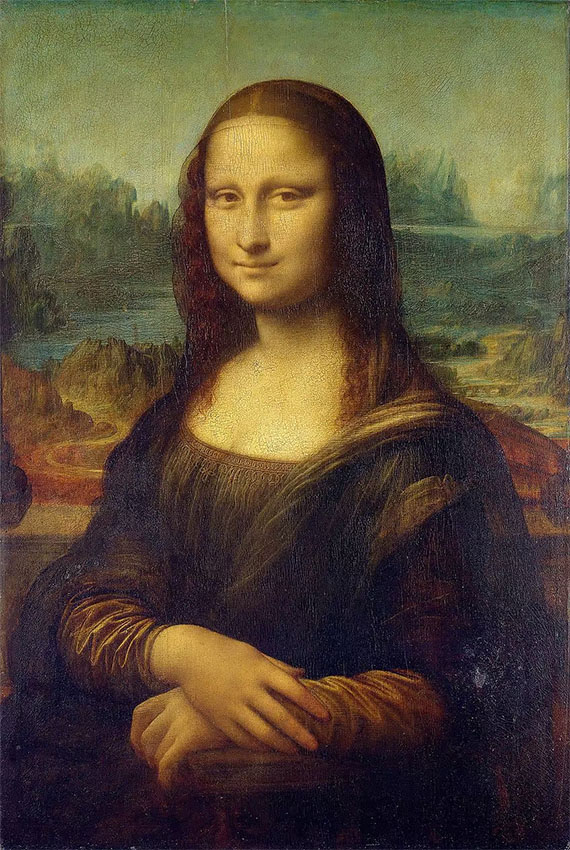
Mona Lisa is a must-see! The most famous painting is the portrait of Francesco del Giocondo's wife, which was assumed to be her. Leonardo da Vinci stole this canvas in the 19th Century, and the mystery surrounding it never fails to attract crowds.
3. The Wedding in Cana
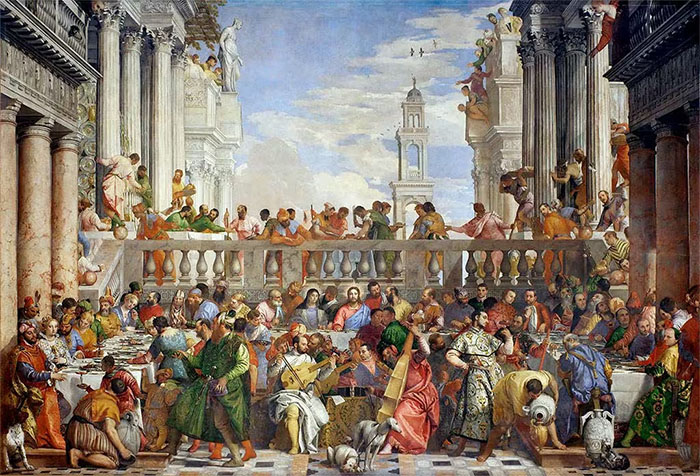
The Wedding at Cana comes from the Old Testament theme of the Benedictine Monks from a Venice monastery commissioned to Veronese. The painting is valued due to its way of portraying Venetian culture at the time using a bible story.
4. The Winged Victory of Samothrace
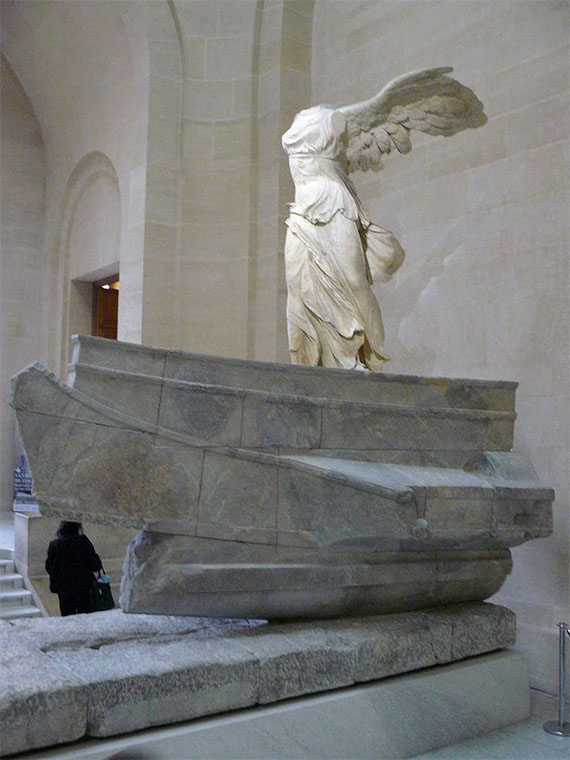
The Winged Victory of Samothrace stands 8 feet tall at the Louvre and is one of its most iconic and impressive works. Ancient Greek art is a legacy in the Louvre.
5. The Venus de Milo
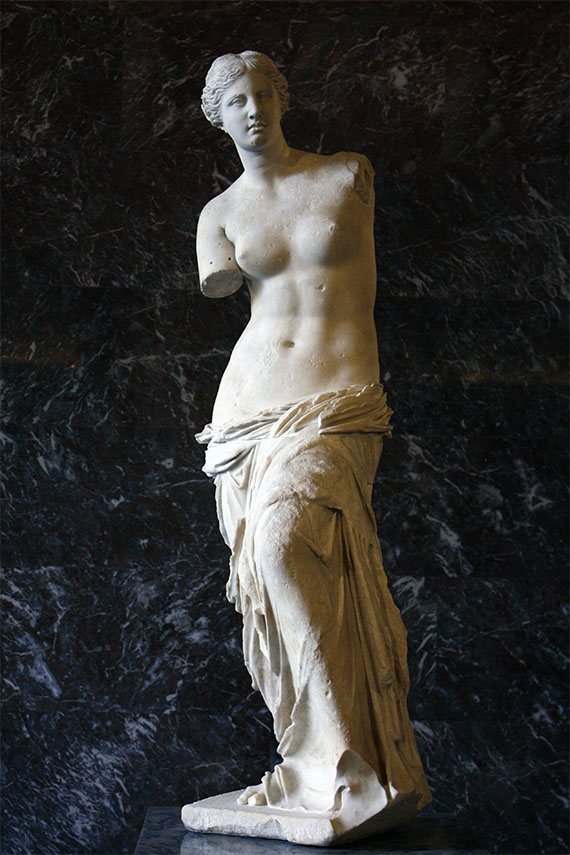
Its beauty is not diminished by the fact that it has no arms. It was discovered in 1820 and given to King Louis XIII, who donated it to the Louvre Museum. This is one of the most famous depictions of Venus (Aphrodite in Greek).
6. The Coronation Of Napoleon

The Coronation of Napoleon was commissioned by Jacques-Louis David, a painter famous for his historical wall murals. It is a large painting showing Napoleon at the consecration of his Emperor Josephine and the coronation. It exposes the splendor of this ceremony, in which each person's place was studied for aesthetics and political reasons.
7. Liberty Leading the People

In the 1830s, the Louvre held exhibitions where contemporary paintings were displayed. Liberty Leading the People was one of the paintings in the catalog. Inspired by the Glorious Thirties Revolution, the painting depicts liberty as an allegory in the form of a woman with bare breasts. Over the years, she has been used as a symbol of Liberty and the Republic.
The Louvre offers a detailed presentation of Liberty Leading the People by Eugene Delacroix.
8. The Horse Tamers
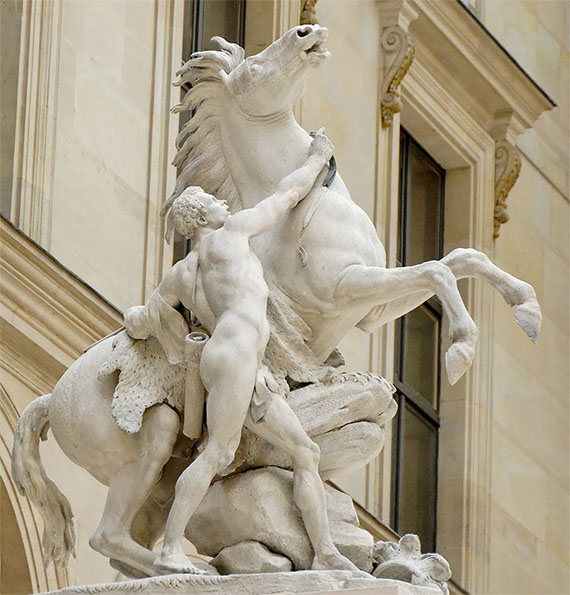
Castings of the originals are on display in the Chateau De Marly in Marly-le-Roi. Originals of the pair of horses and grooms can be seen in the Louvre. They were hugely popular at the time and even influenced the equestrian style in art.
9. The Monzon Lion
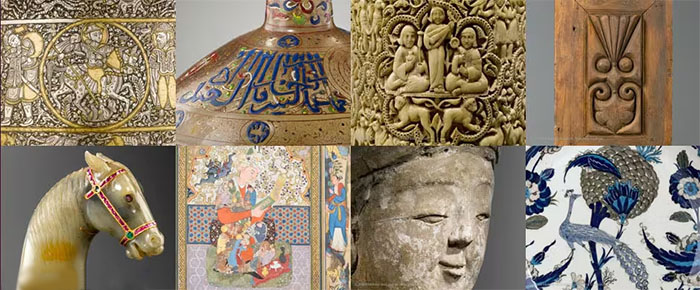
It is one of the most important works of art in the Department of Islamic Arts. This fountain spout is believed to have originated in Spain during the 12th or 13th centuries. This is one of a few bronze pieces with a known origin.
10. Portrait of a Woman
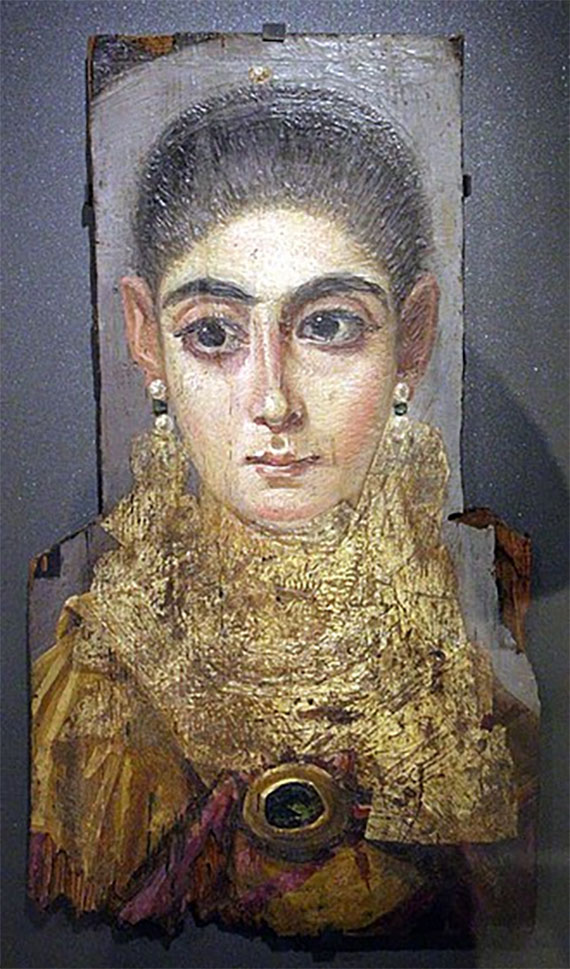
This portrait of a woman is called " L'Europeenne" (The European) and is displayed at the Department of Egyptian Antiquities. It is known for its glorified face and gold leaf good-looking collar. It dates back to the 2nd Century.
11. The Winged Bulls
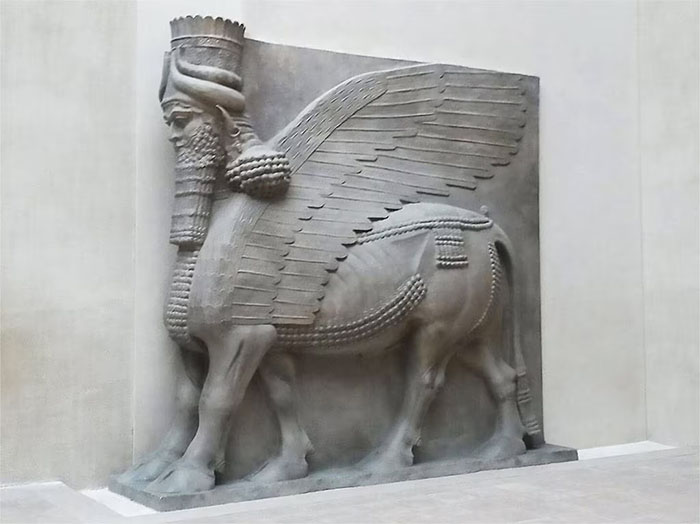
The winged Bulls with human heads were placed in temples and city gates to protect them. These 13-foot-tall bulls continue to amaze visitors at the Louvre.
12. The Dying Slave, by Michelangelo

The sculpture is a work in progress by Michelangelo, the Italian master. This sculpture is believed to have been created between 1513-1516. Another slave is on display at the Louvre. They were originally intended for the tomb of Jules II, which had to be installed at St. Peter's Basilica.
13. The Seated Scribe

The Seated Scribe, a figure that sits cross-legged and illustrates writing in Ancient Egypt, is a typical image used to describe ancient history. The figure is still in its original color, and it's in the working position. Imagine his papyrus on his left leg and brush on his right.
14. The Lacemaker
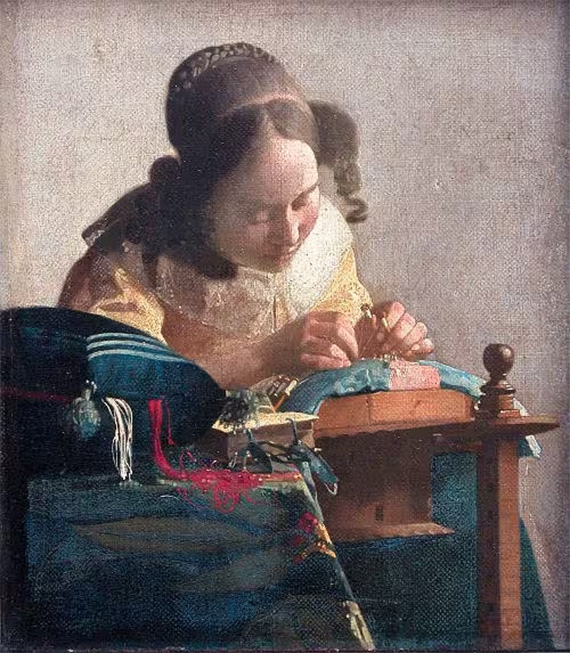
The Lacemaker, a 16th-century painting by Johannes Vermeer, was a great success and inspired a novel by Isabelle Huppert and a film starring Isabelle Huppert. The picture shows a young woman concentrating on her task. This painting is a faithful depiction of the distractions of the time.
15. Gabrielle d'Estrees with one of her sisters
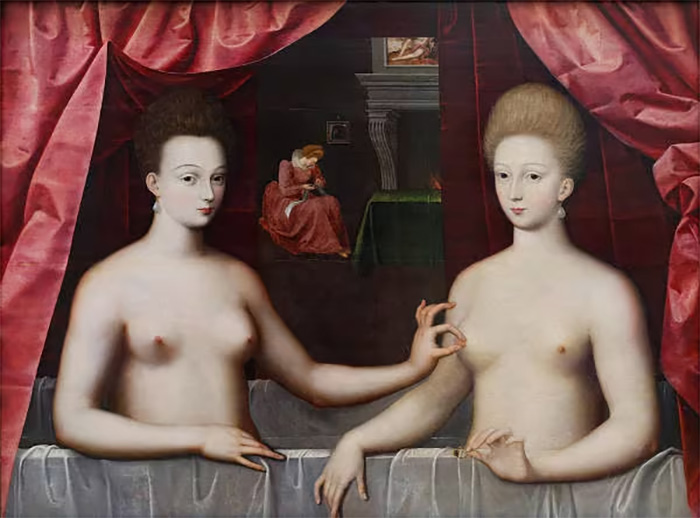
This 1594-1595 painting is a portrait of Julienne and Gabrielle d'Estrees, with the first pinching her younger sister's nipple. The erotic quality of the painting is what attracts attention, but many people believe that it announces Gabrielle d'Estrees' pregnancy. The gesture of her sister would suggest that she will soon be a mother.
16. The Turkish Bath

Jean-Auguste-Dominique Ingres was a well-known painter. His The Turkish Bath shows a group of naked women in the harem, as imagined in the West.
17. The Ace of Diamonds Cheat
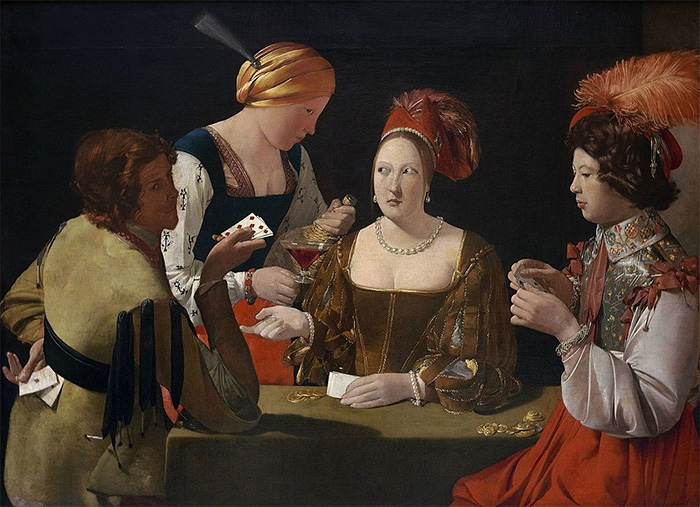
The Cheat With the Ace of Diamonds, a painting by Georges de la Tour painted in 1636-1639, is known for the looks exchanged between his characters. The Cheat appears to be addressing a spectator to reveal his cards, but the only one looking at them is the person who will be defrauded. The servant and woman at the table appear to understand what's happening.
18. The Birds
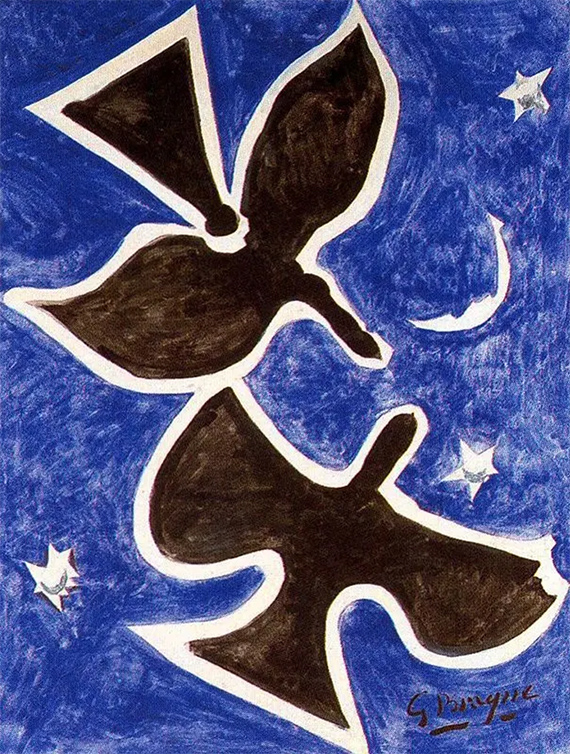
George Braque created this piece in 1953 when he renovated the ceiling of the Henri II room at the Museum. Two birds are painted against a vibrant blue background. The large flat areas with color brighten up the room.
We offer two options to discover these masterpieces:
Two-and-a-half-hour guided tour at the Louvre. A specialist will impart all their expertise on the artists and works. You can enjoy a guided tour of the Louvre with an audio guide, which will provide commentary on all the critical works.
Visit Paris to see the Louvre and other masterpieces! Louvre art is beautiful!
No Comments Yet...